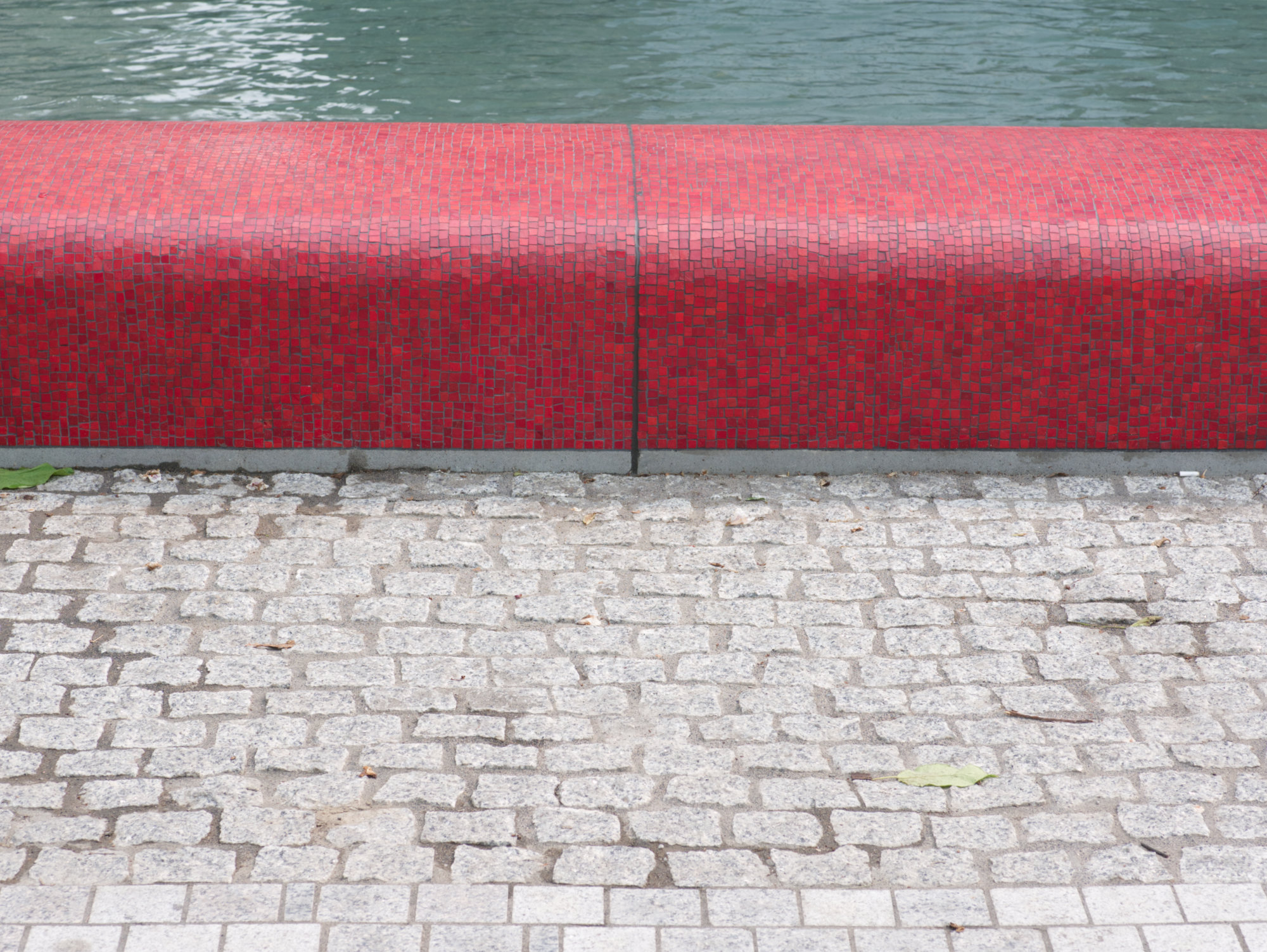Albert is from Poland, and trained for six years in masonry and restoration work (as the standard route towards a professional engineering qualification (Pauly, 2017)). He brings an eye for detail to the job, evidenced in the intricate overlapping pattern used to the north of the pool, where the top of the "heart" folds in on itself, presenting a challenge to the task of laying the blocks defined by the outside radius of the pool's curving outline. We talked about the expectation that this work be precise, accurate, and done with care. As an indication of this, A. described the ways in which his team worked from the outside of the radius, using acrylic spacers to hold several rows in place before moving on to the next. The gaps between the blocks are filled with a polymeric sand, which is floated into the gaps, and swept clear. When set it has a rubbery texture, and when dry maintains the width of the gaps, the arrangement of blocks, and the profile of the path. The whole path is tamped down one last time to define its final profile.
My particular interest is in the way that the ground on which we stand along the Waterfront, and that we presume to be fundamental to an authentic "grounded" experience, is itself from elsewhere. The "solid ground" on which we walk and through which we (in theory at least) produce "place", has its own place of origin elsewhere. In another sense, we also see in the video (below) a skilled tradesperson who brings with them traditions, conventions, training regimes, criteria for assessing a "job well done", construction regulations, and so on, from their country of origin, all of which are expressed at many scales: through the handling of the granite blocks as they are being laid, the relationships established within the paving crew, etc. We are seeing the result of the movement of people and materials, ideas, building conventions, construction standards, regulation and legislation. etc etc..
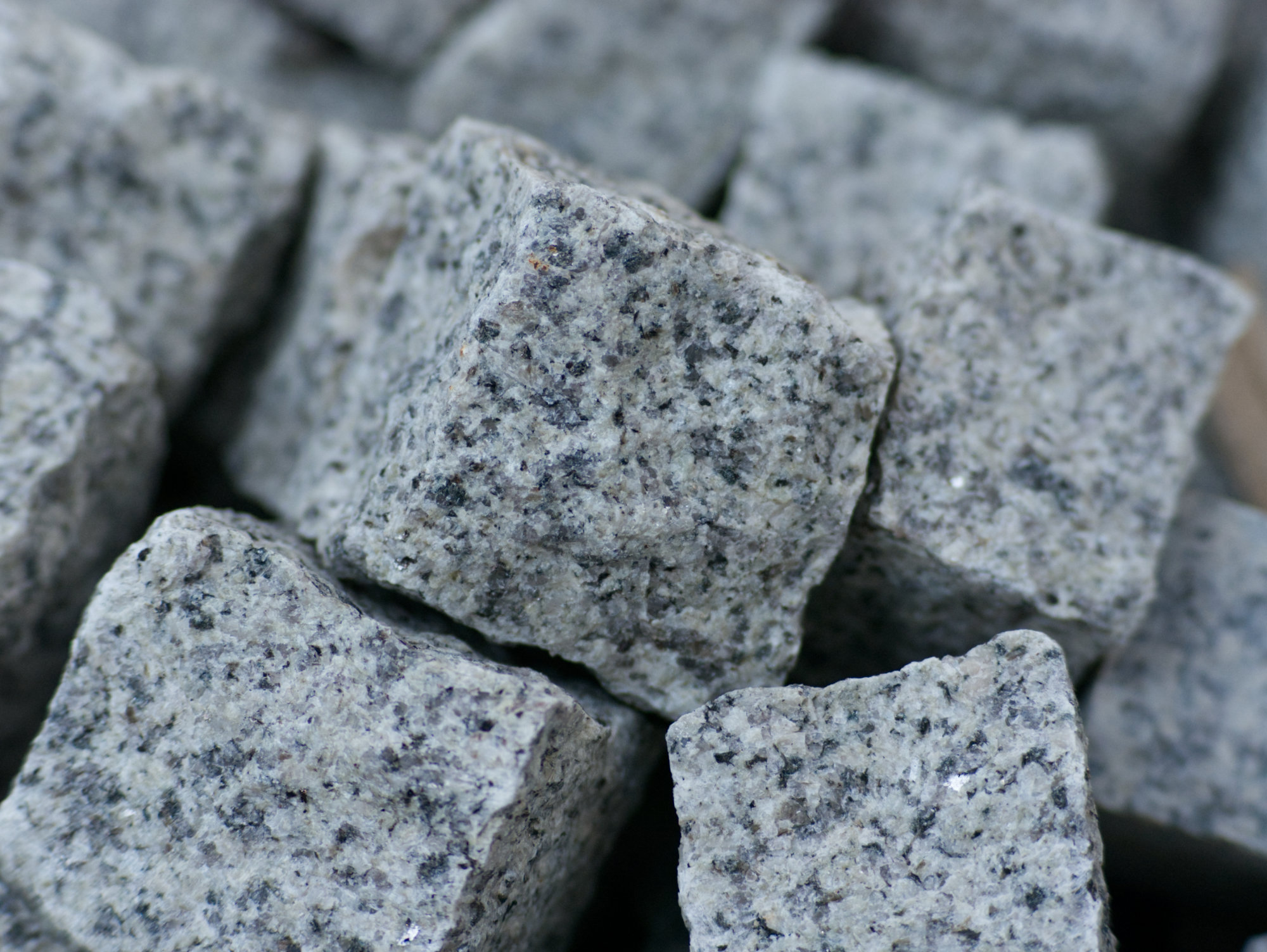
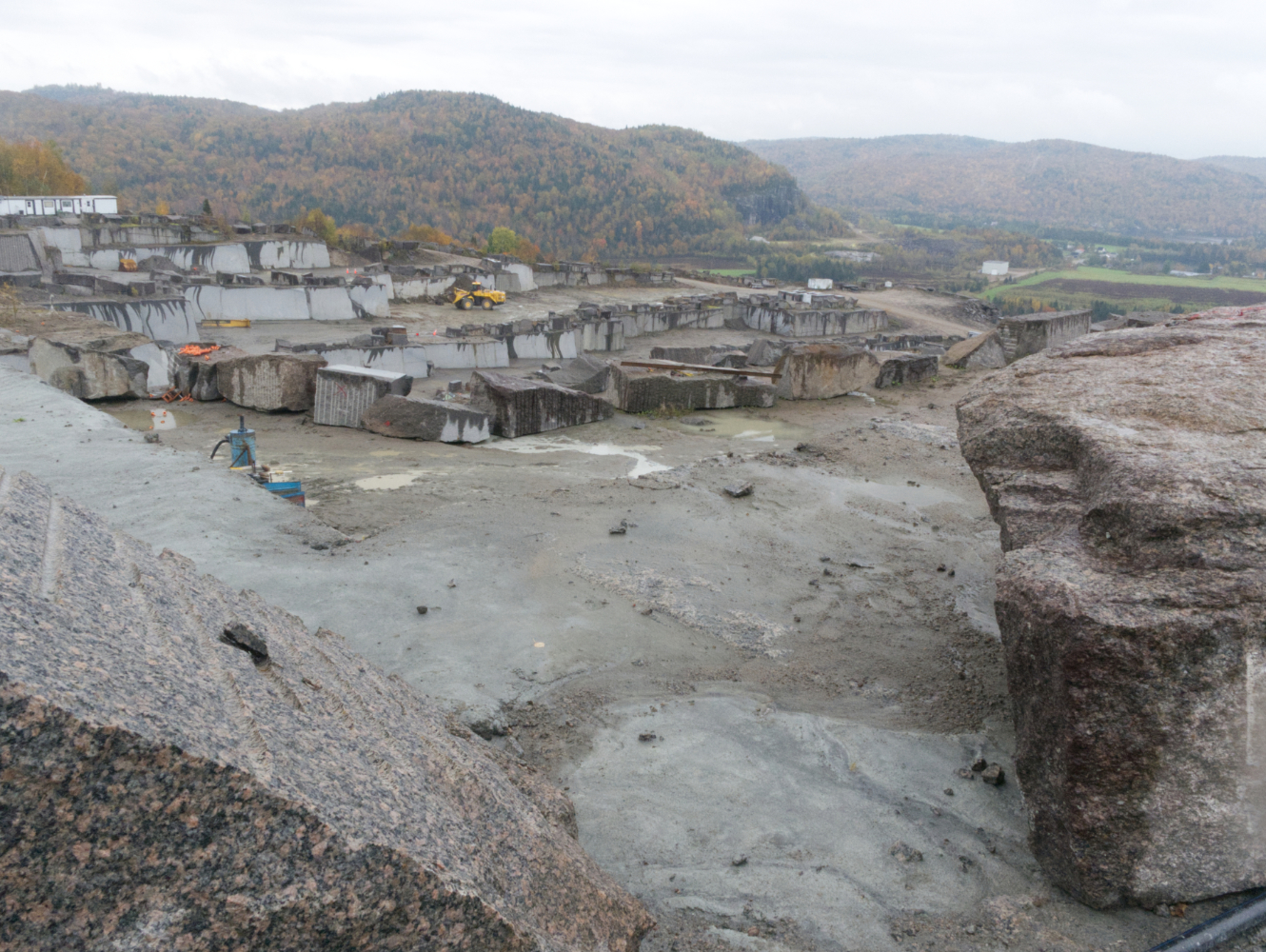
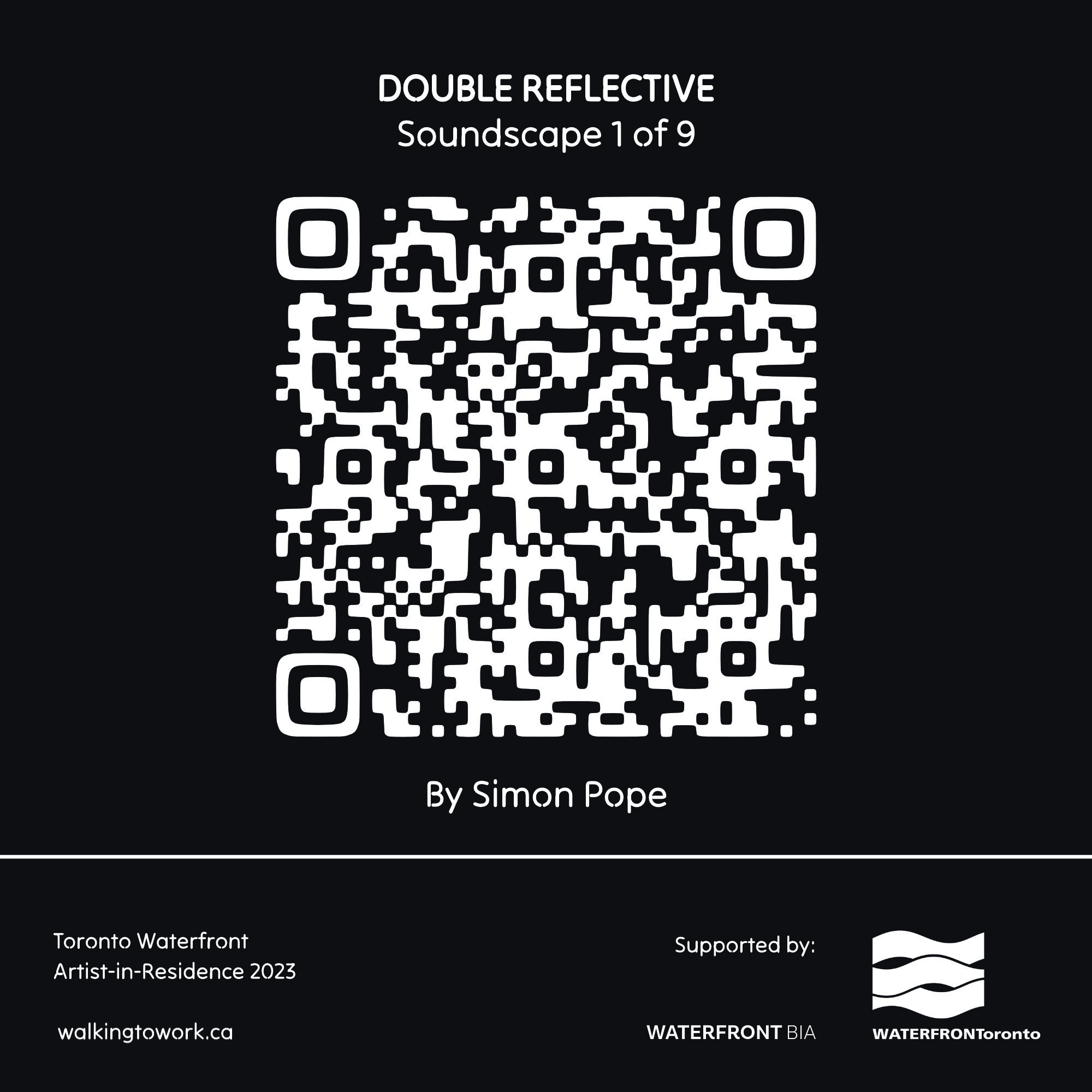
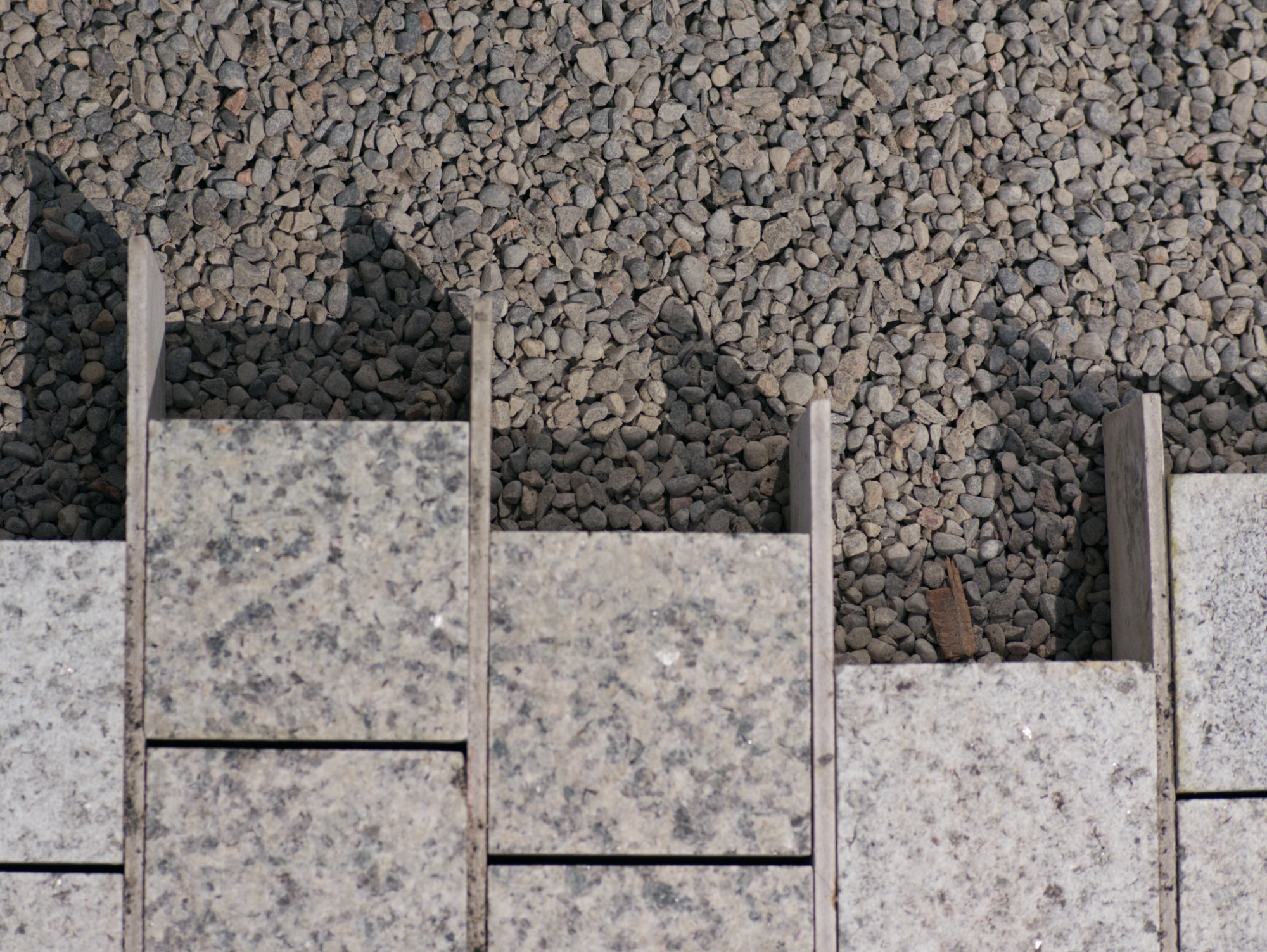 Spanish granite, spacers, and HPB
Spanish granite, spacers, and HPB
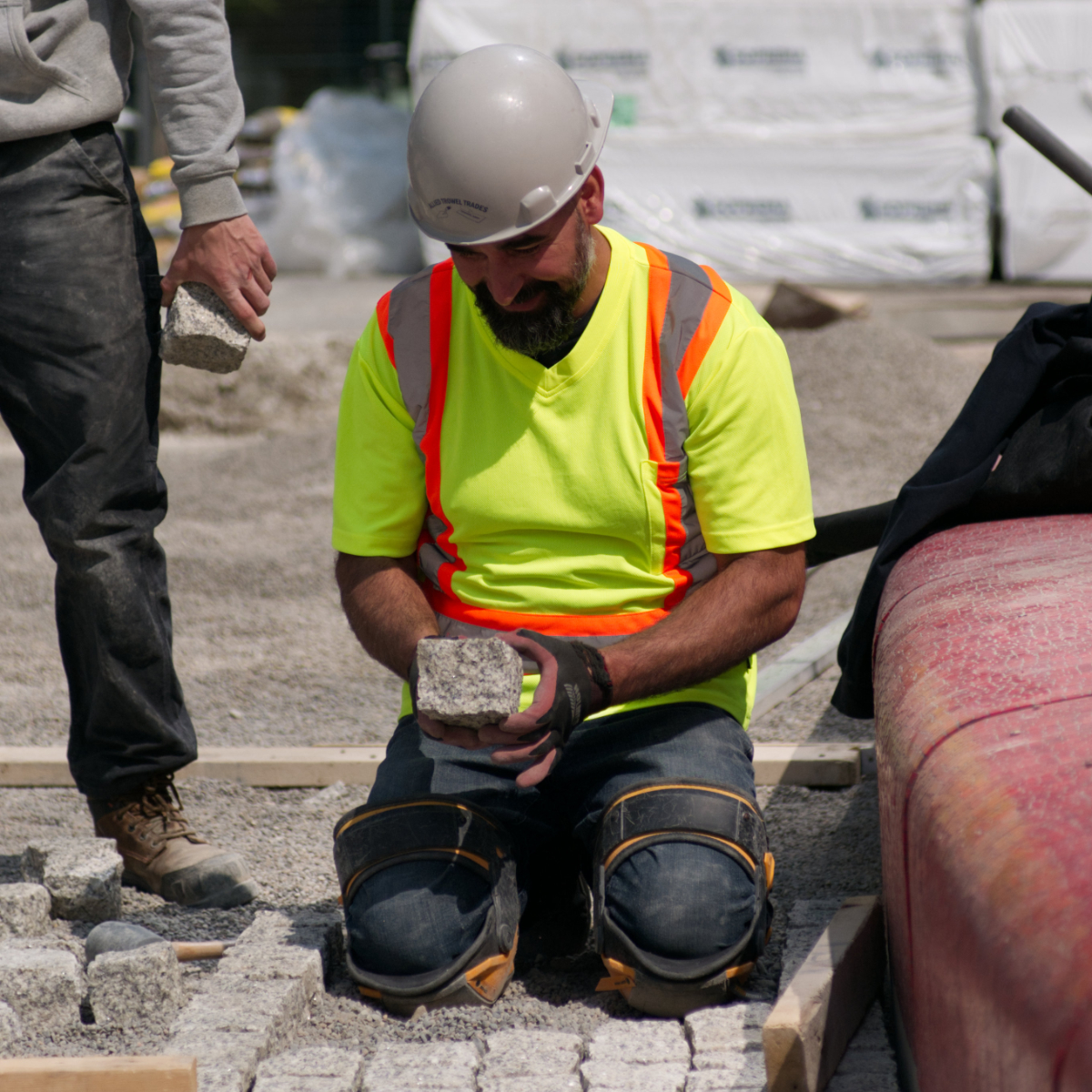 Albert "weighing" a Quebec granite sett
Albert "weighing" a Quebec granite sett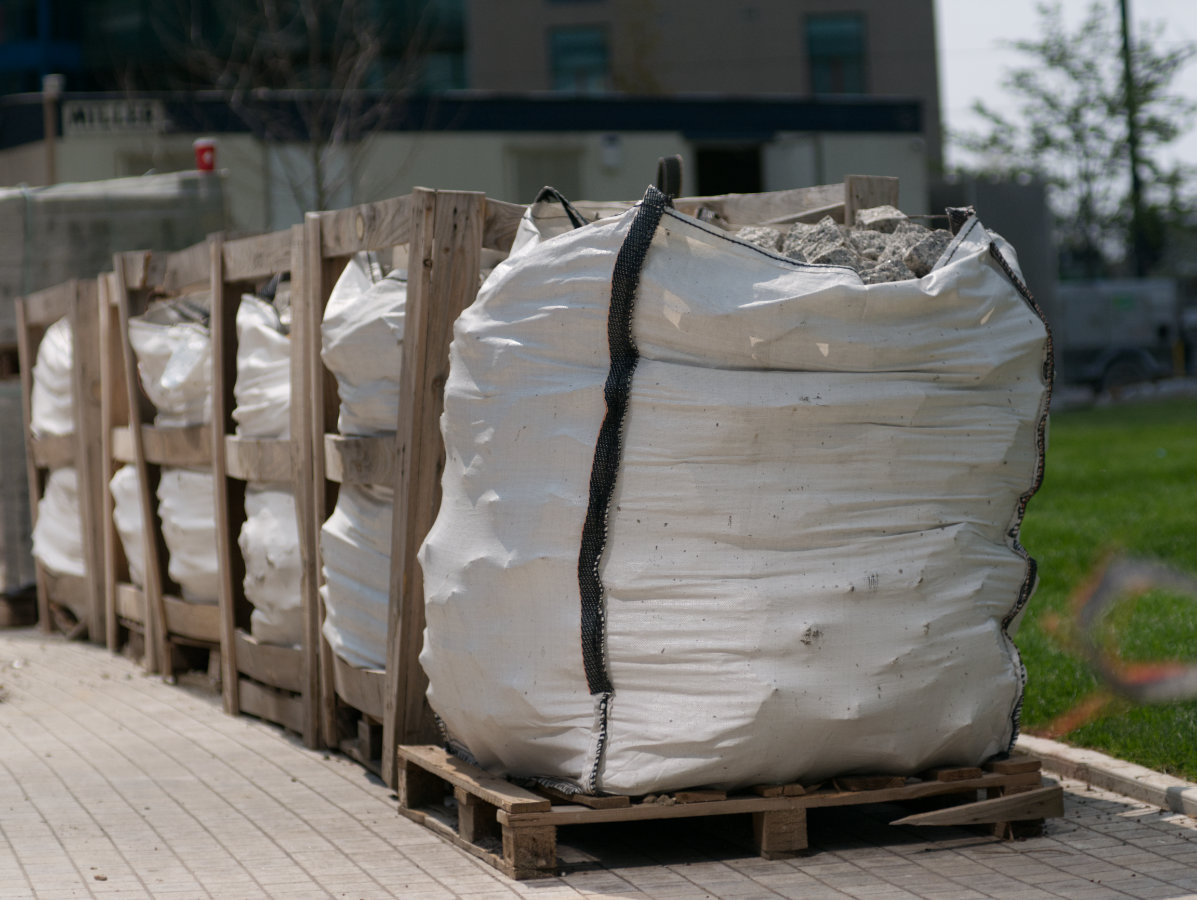 Bags of granite setts, on-site at Love Park
Bags of granite setts, on-site at Love Park
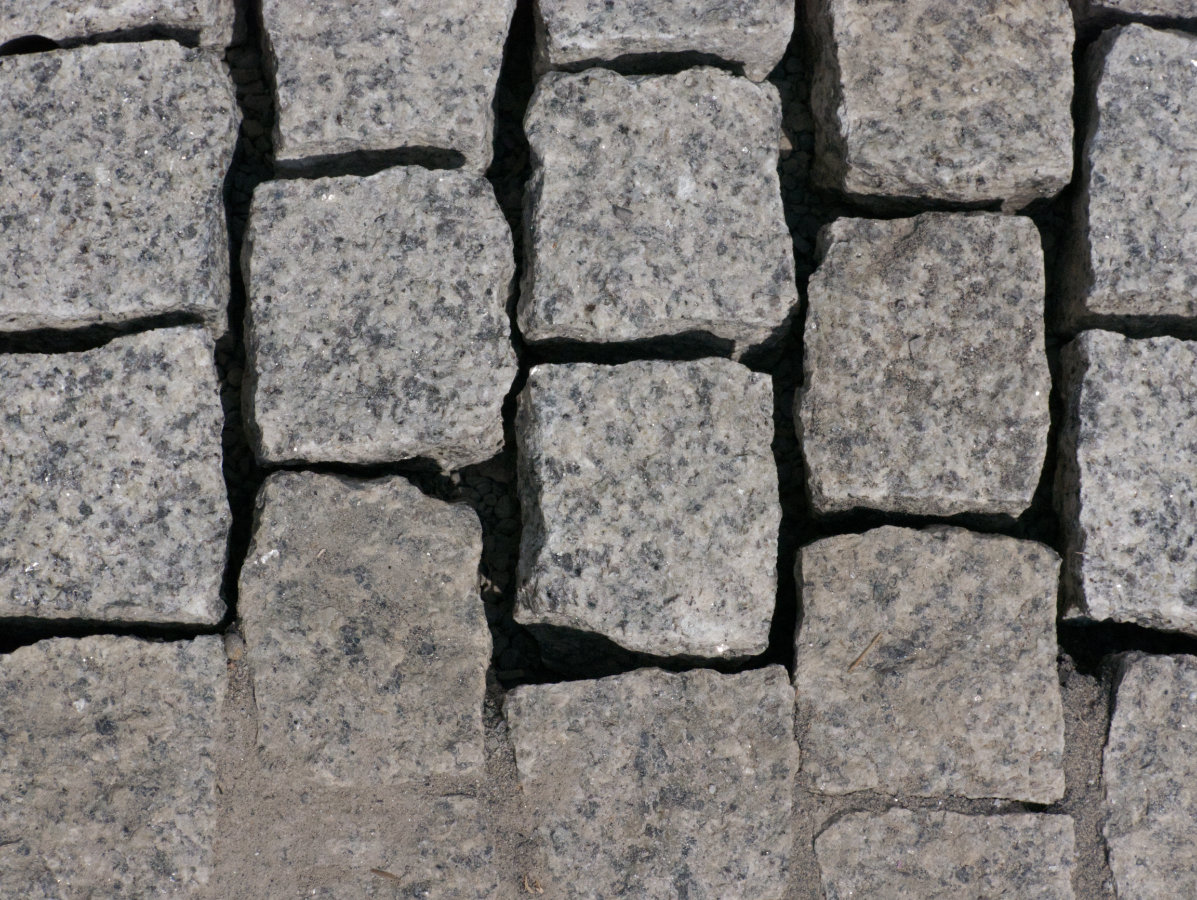 Quebec granite blocks, just laid, (with polymeric sand between those laid earlier)
Quebec granite blocks, just laid, (with polymeric sand between those laid earlier)
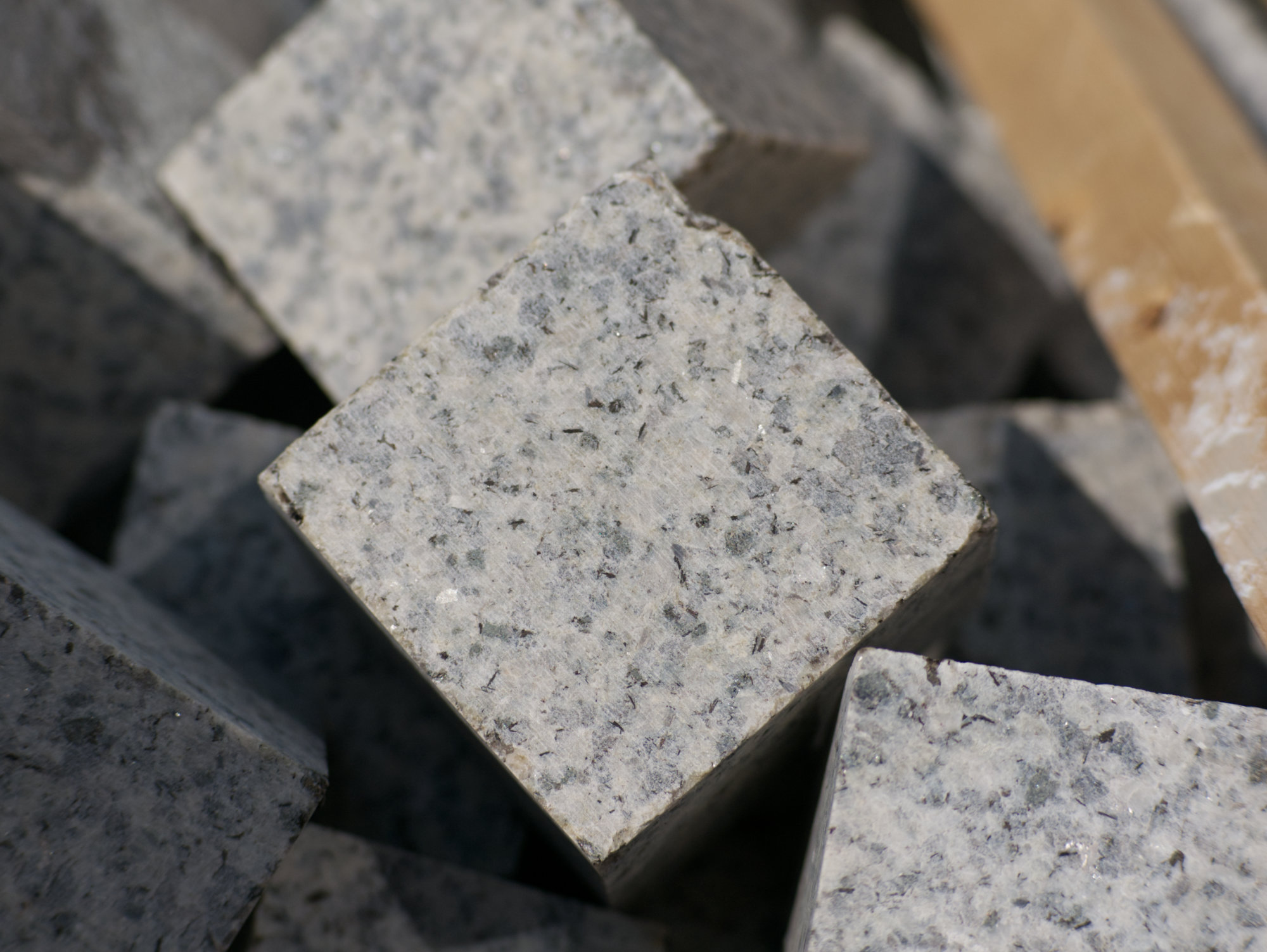 Smooth-profiled Spanish granite setts
Smooth-profiled Spanish granite setts
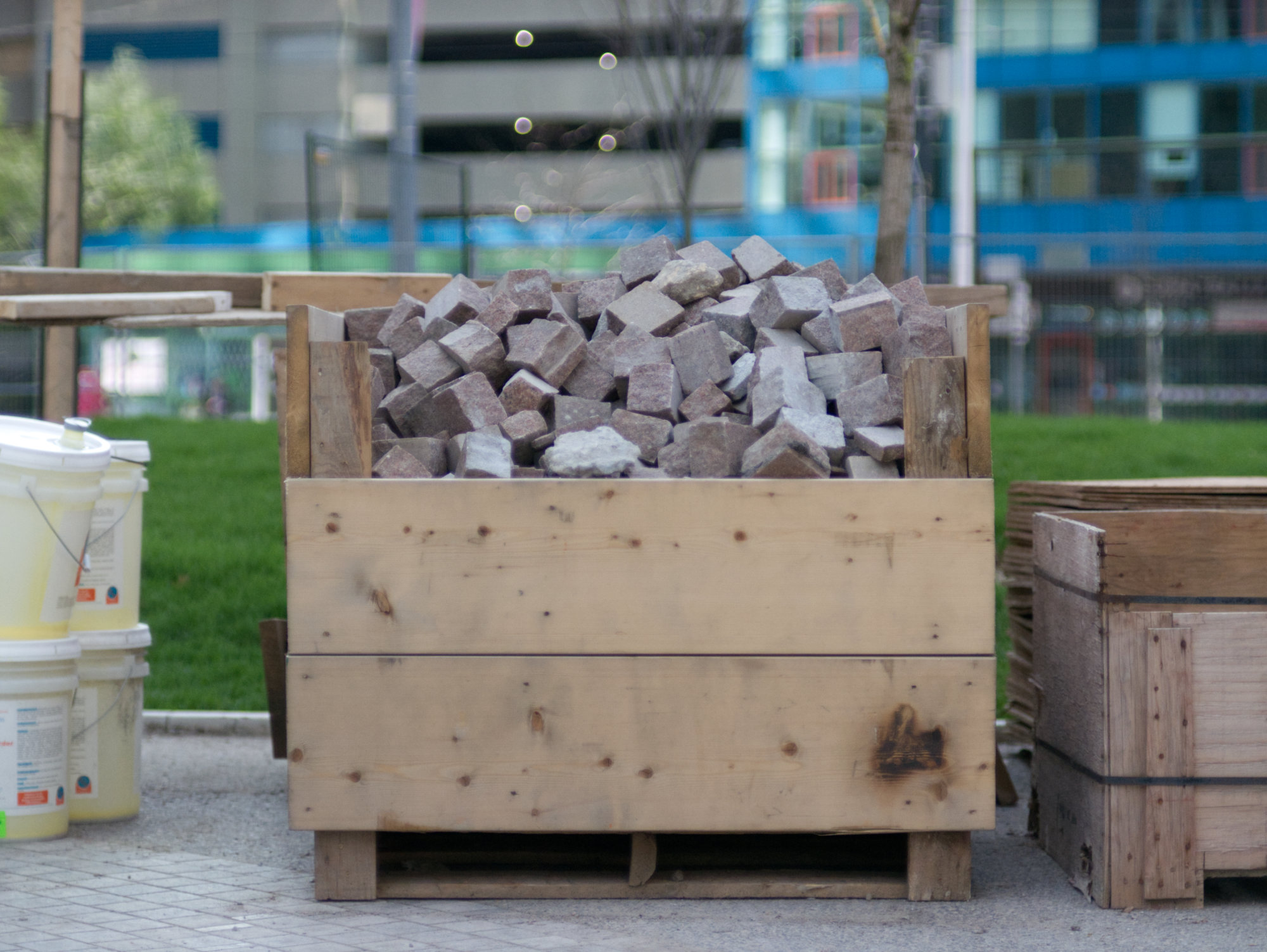 Setts retrieved from the sidewalk on York Street in a temporary skip
Setts retrieved from the sidewalk on York Street in a temporary skip
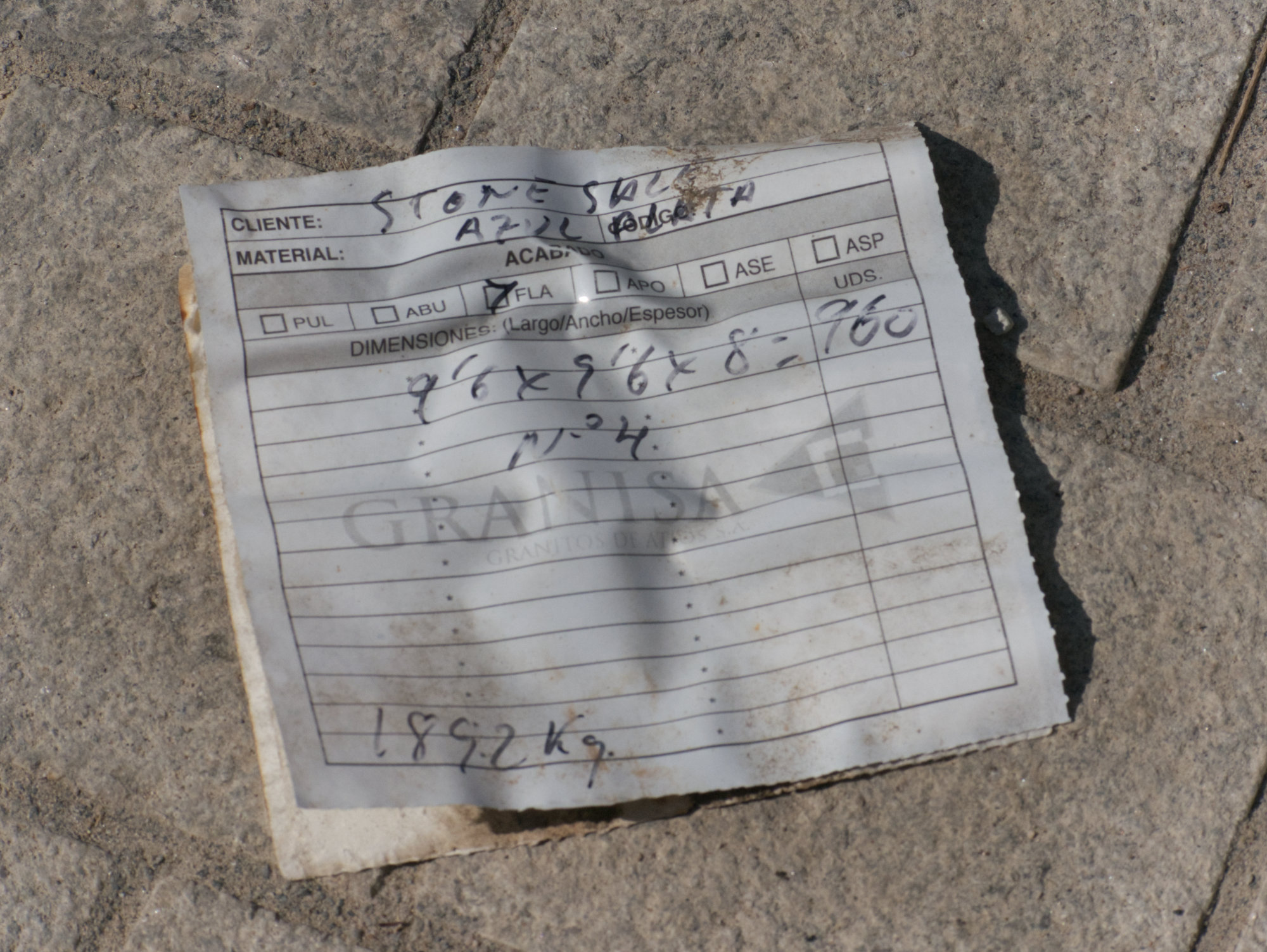 Label from a bag of Spanish granite
Label from a bag of Spanish granite
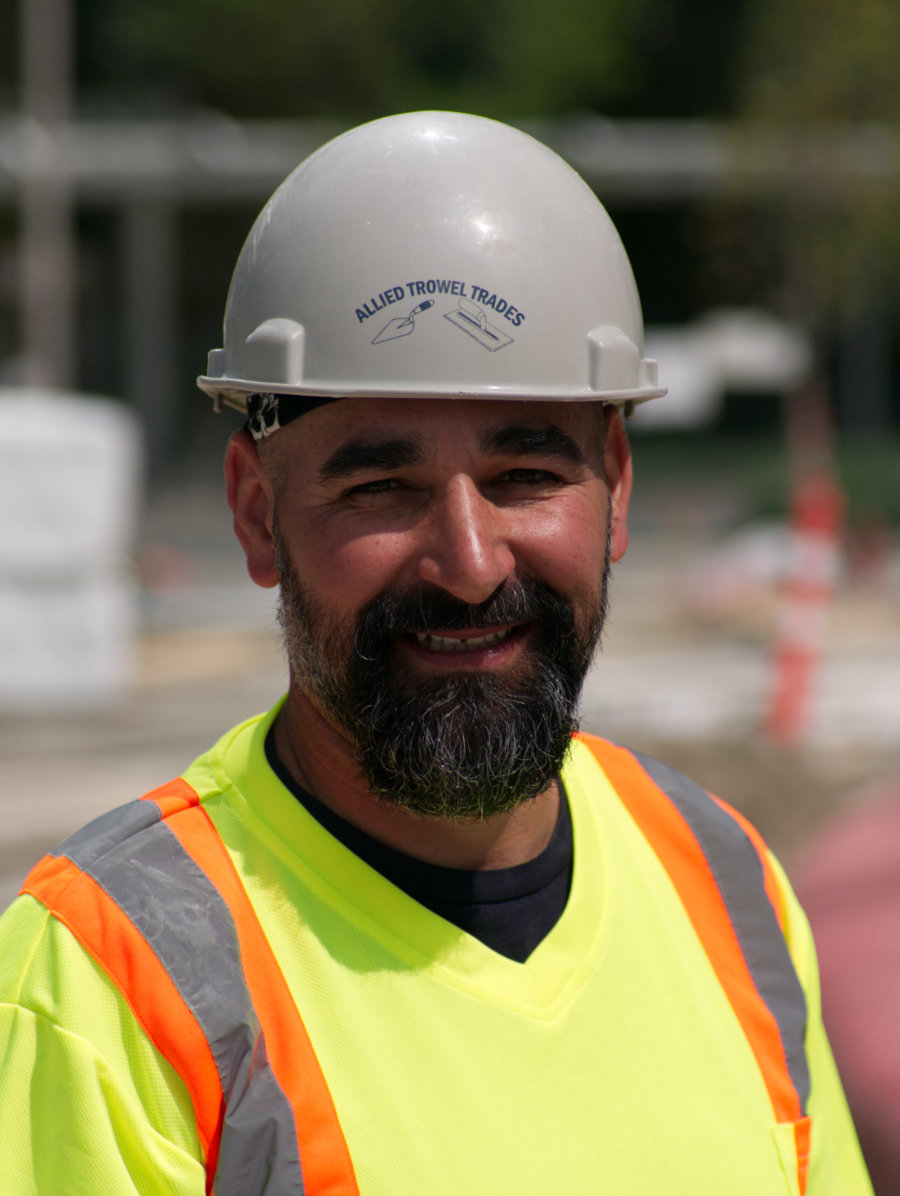 Albert at the Love Park site, May 2023
Albert at the Love Park site, May 2023
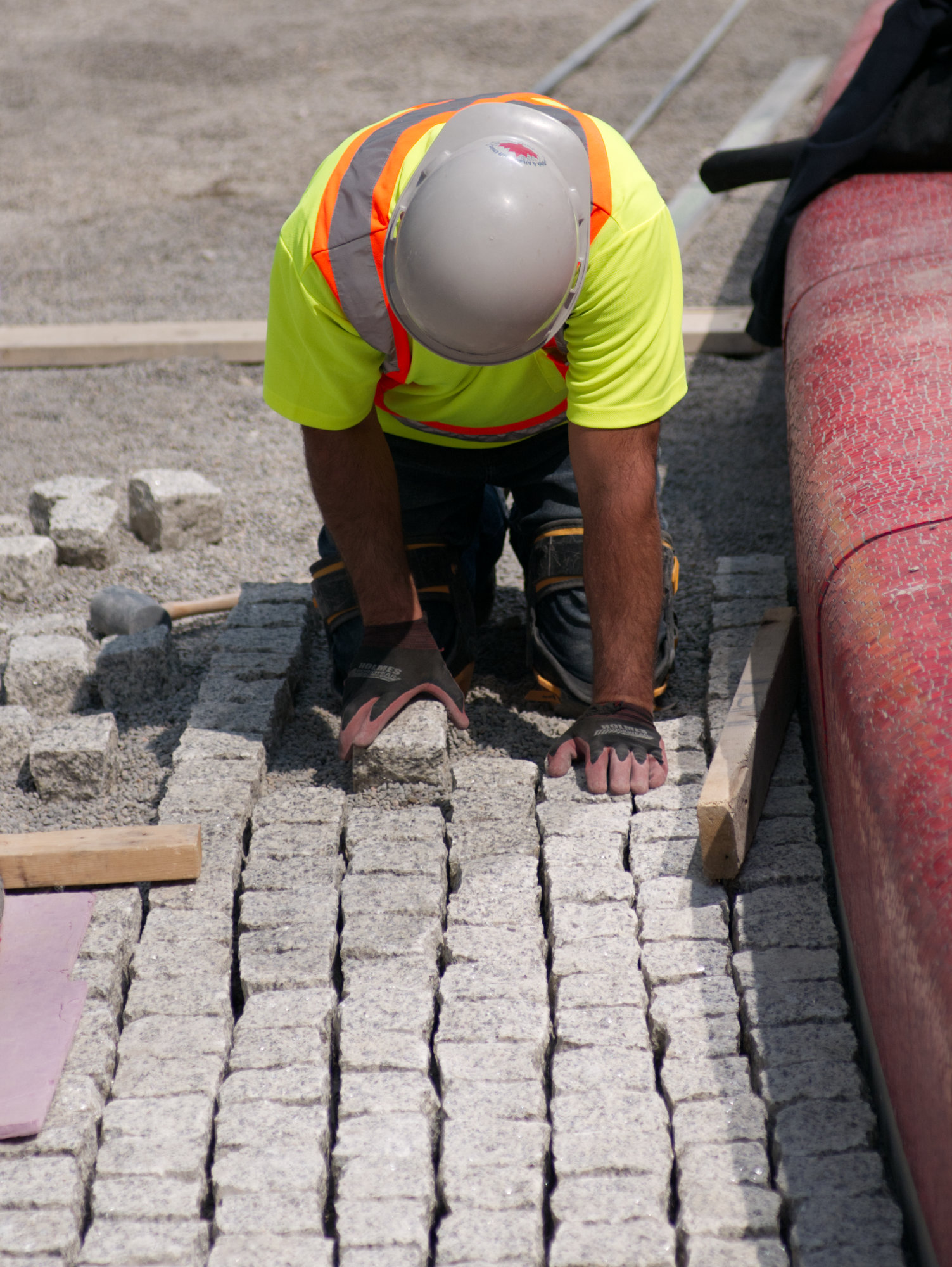 Albert laying Quebec granite setts, next to pool (right)
Albert laying Quebec granite setts, next to pool (right)
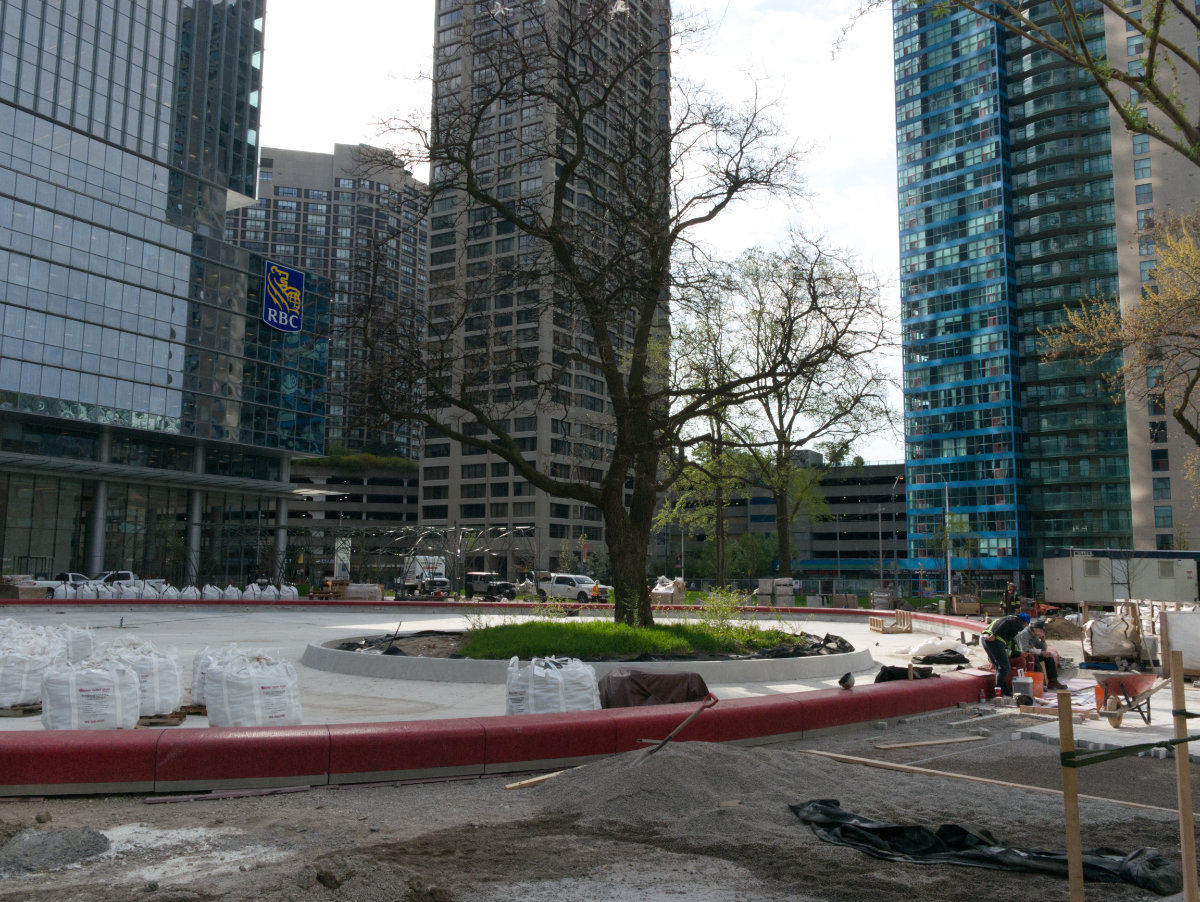 View from the north west of the park, with paving work in-progress (right)
View from the north west of the park, with paving work in-progress (right)
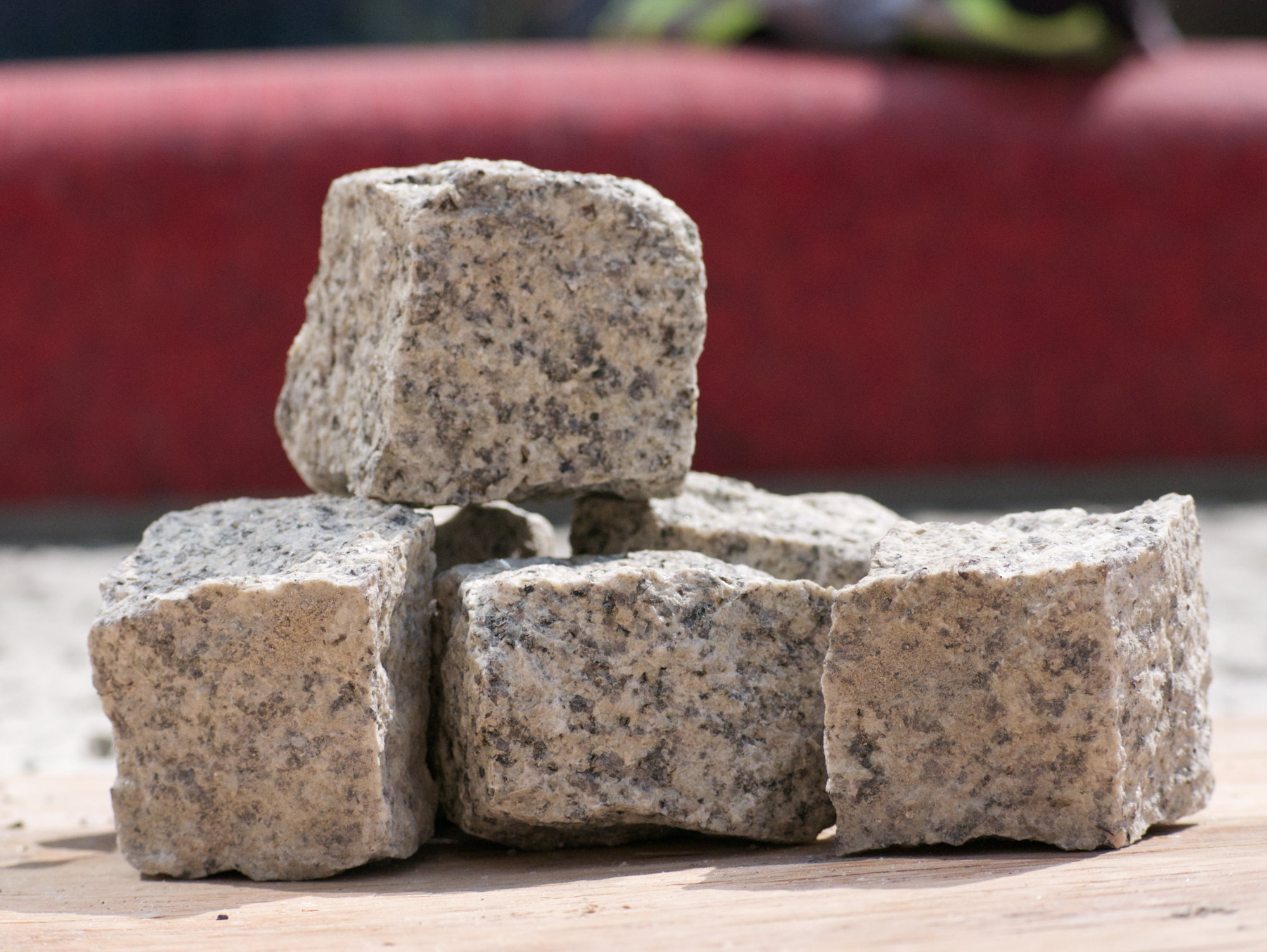 Irregular granite setts from Quebec
Irregular granite setts from Quebec
